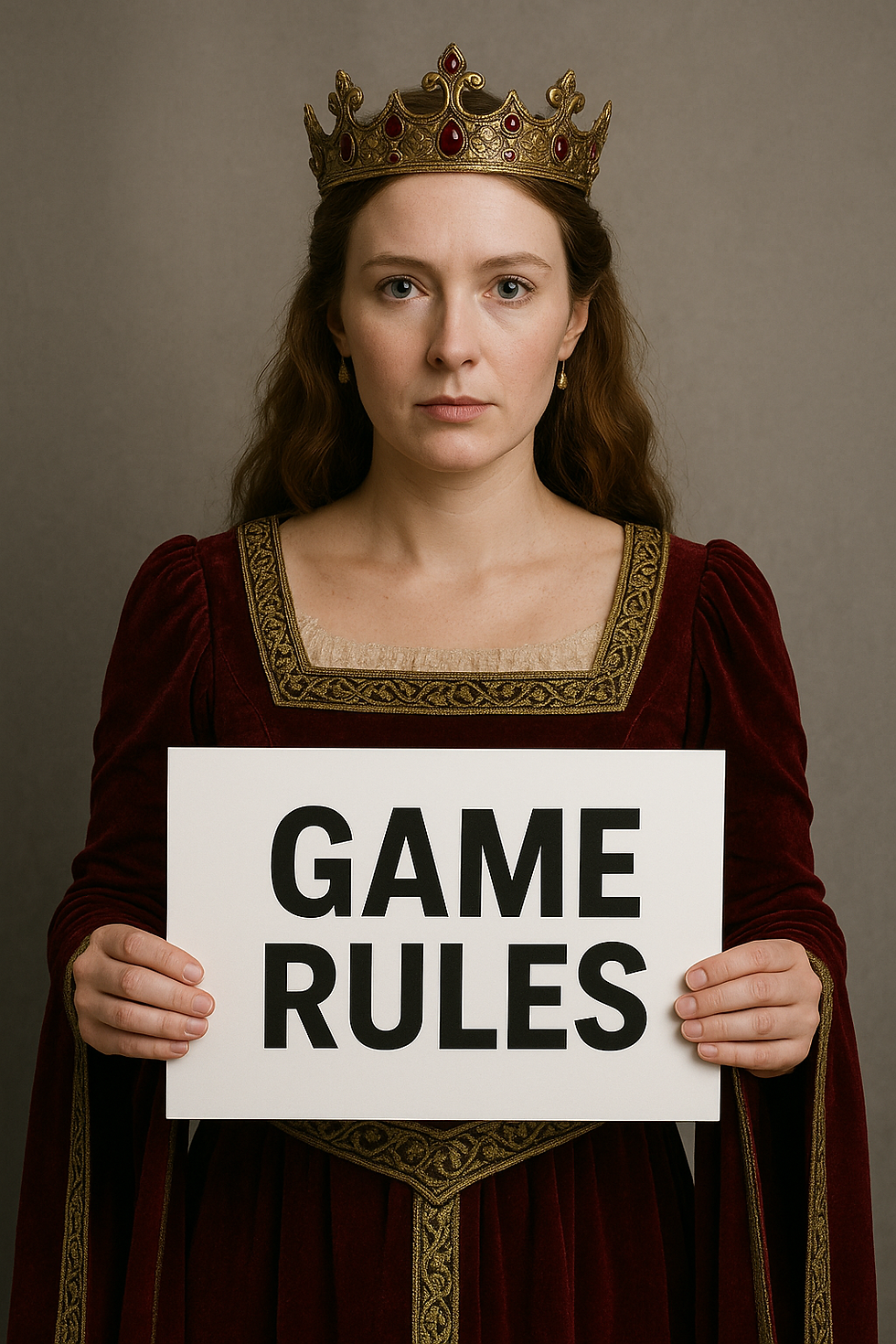
Virtual Scavenger Hunt
Age Range
How Many Players
Rating
Play Time?
12+
4+
G-R
1+ Hours
A virtual scavenger hunt is a game where participants are given a list of items to find or tasks to complete, and they must use the internet, their surroundings, or their own creativity to complete them. It is typically done through video conferencing software or a dedicated platform, where participants share their progress and completed tasks. The first person or team to complete all the tasks or find all the items is declared the winner.
Variations
Photo Scavenger Hunt: Instead of searching for physical items, have participants search for specific items or scenes in photos. Provide a list of items to look for or give clues to help them find the photos.
Virtual Scavenger Hunt Bingo: Create bingo cards with different items to find around the house. Participants must search for the items and mark them off on their card. The first one to get a full row or a full card wins.
Virtual Treasure Hunt: Hide virtual clues or puzzles around the internet, such as on social media, websites or online forums. Participants must solve the clues to find the treasure.
Scavenger Hunt Trivia: Combine a scavenger hunt with trivia questions. Participants must find the items and answer a question related to each item.
Collaborative Scavenger Hunt: Split participants into teams and give each team a list of items to find or tasks to complete. The teams can work together virtually to find the items or complete the tasks. The team that completes the most tasks in a set amount of time wins.
Virtual Scavenger Hunt Race: Set a timer and challenge participants to find as many items on the list as possible in the allotted time. The participant who finds the most items in the shortest amount of time wins.
GAME RULES
The rules for a virtual scavenger hunt can vary depending on the specific game, but generally, the following rules apply:
The host creates a list of items that the players need to find.
The players are given a set amount of time to find as many items as possible.
Players must take a photo or video of each item they find as proof.
The host reviews the submissions and awards points for each item found.
The player with the most points at the end of the game is the winner.
In some variations, players may be allowed to work in teams or have certain restrictions, such as only being able to search within their home.
Overall, the rules should be clearly communicated to all players before the game begins to ensure fair play and an enjoyable experience for everyone involved.



GAME SETUP
Here are some general guidelines on how to set up a virtual scavenger hunt:
Choose a platform: You can use video conferencing platforms like Zoom or Google Meet, or you can use a specialized scavenger hunt app like GooseChase or Scavify.
Define the rules: Decide on the number of items, the time limit, and the scoring system. You can also decide whether to have individual or team play.
Create a list of items: Make a list of items that participants can find in their homes or immediate surroundings. You can also add clues or riddles to make it more challenging.
Share the rules and items list: Before the game starts, make sure to share the rules and items list with all the participants.
Start the game: Set a timer and start the game. Participants will have to find and collect the items on the list within the allotted time.
Score the game: Once the time is up, participants will have to show the items they collected on camera. Assign points for each item and declare a winner.
Debrief: Take some time to debrief the game and discuss how everyone enjoyed it.
The setup may vary depending on the platform or app you use, but these general guidelines should give you a good starting point.
Tips, Ideas & More













.png)
